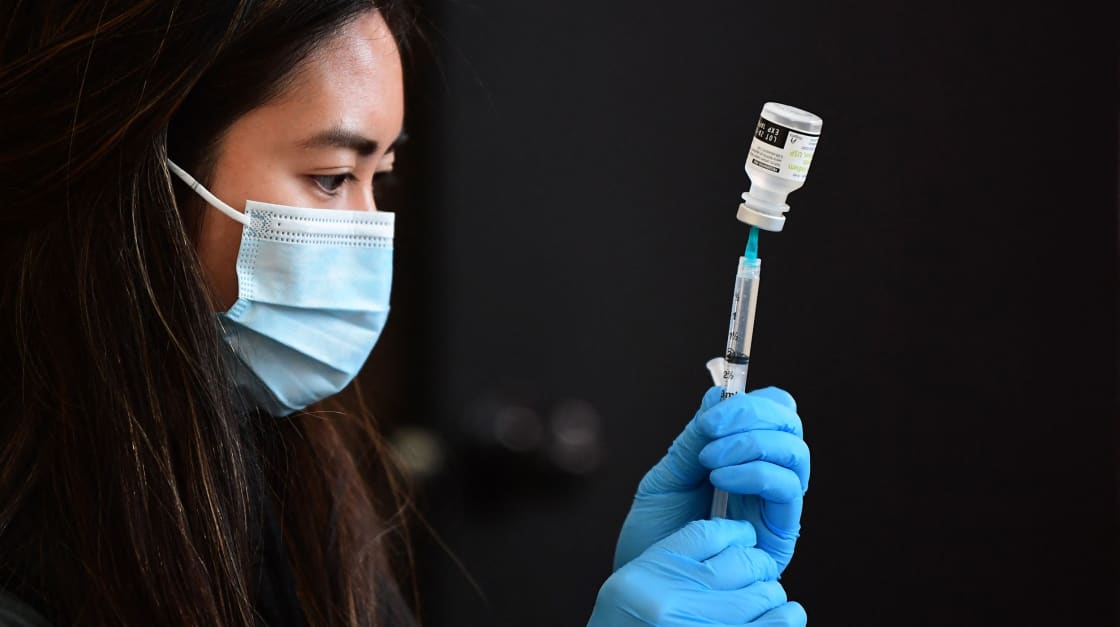XBB Sublineage of COVID-19 : Fall Vaccines
"The Government of Canada, along with provinces and territories, will continue efforts to optimize its COVID-19 vaccine supply management and further reduce COVID-19 vaccine surpluses and wastage to help inform vaccine supply planning for future pandemics.""More information on this vaccine [single-strain shots focusing on a version of the XBB subvariant], including the authorized age groups, will be available in coming months."Public Health Agency of Canada"[Concerns respecting the threats and effects of COVID have likely diminished] due to the mostly mild illness experience [and while both positive and negative emotions have grown more acute with each new booster campaign, the prevalence of] annoyance [has arisen the most]."Duke University research study"[COVID vaccines are shifting toward a yearly routine much like annual flu shots], timed against expected seasonal rise and matched against what is most likely to circulate.""There are people dug in against vaccination now to the extent that makes getting information to them, having that dialogue and conversation, very difficult. That, I think, is a major problem.""I hope that we can push the needle forward on getting people vaccinated. But I think it will be very difficult.""Dr. Fahad Razak, internist, epidemiologist, St. Michael's Hospital, Toronto"[Decreasing rates of severe disease] will probably influence uptake and acceptability.""[But when a virus changes sublineages, or subvariants], that does present a new challenge for the antibodies that have been generated with previous versions."Dr. Mathew Tunis, executive secretary, National Advisory Committee on Immunization (NACI)
 |
| Frederic J. Brown / AFP - Getty Images file |
It has been revealed that the current federal government in Canada destroyed over 14 million unused and expired doses of COVID-19 vaccines this year alone, with another four million on the cusp of exceeding shelf life by year's end, in a general public atmosphere of growing disinterest in COVID inoculation. This, at a time when the latest Omicron offshoots have of necessity generated new and as-yet-to-be approved vaccines.
Canada's federal vaccine inventory with its 14.4 million doses expired saw to their being discarded this year; as well, 12 million expired doses were disposed of in 2022. By the end of July, 8.6 million unused doses remained in the federal depository, and of that number, another four million is set to expire at year's end. That colossal waste reflects only what has occurred at the federal level without taking into account vaccines that expired and were disposed of once sent to provincial and territorial governments.
The auditor general of Canada criticized the Public Health Agency last year for its "unsuccessful" methods of minimizing vaccine waste, leading to squandered vaccines to the value of $1billion. Then came a scathing editorial in the British Medical Journal, highlighting Canada among the worst of the world's vaccine "hoarders". The Liberal government had "boasted" of securing more doses per capita than any other country.
"Up to 429 million doses of seven different vaccines, approximately 11 doses reserved for each of Canada's 38 million inhabitants", wrote researchers in the special Canada COVID series appearing in the BMJ. At that time it wasn't known which of the vaccines might prove effective. Canada's apparent reluctance to redistribute doses to other countries in need "once it became apparent Canada would have more than enough" for its own population, was a puzzle, wrote the researchers.
 |
| iStock |
The world is now on the doorstep of a new round of reformulated boosters; single-strain shots that focus on a version of the XBB subvariant, thought to represent the most immune-dodging COVID variant yet experienced. Ottawa seems to hesitate how many doses of the new boosters it is prepared to procure though they're expected to be available in early fall. Agreements with vaccine suppliers guaranteed access to up to 60 million doses in 2024 from Pfizer-BioNTech, along with 35 million from Moderna.
The National Advisory Committee on Immunization, Canada's panel of vaccination advisers, recommends anyone eligible receive one of the new fall boosters as long as six months has elapsed since their last vaccine or alternately last COVID infection, most particularly those individuals aged 65 and older, along with other high-risk groups.
At least two doses of a COVID vaccine covered about 83 percent of the Canadian population, a process that saw the initial willingness to be inoculated diminished with the entry of one booster after another. More Canadians now see COVID as an irritation in life, rather than a health threat, with data suggesting that 80 percent of the population was infected with COVID since the pandemic's appearance, mostly with Omicron.
The Pandemic is no longer considered a global health emergency, reflected by the number of hospital and ICU beds occupied by a COVID sufferer plummeting. According to NACI, however, a fall booster is meant to aid in reducing the risk of infection for individuals and at the same time diminish the strain on public health systems, already in a parlous state.
 |
| Oxford Street, London (Dan Kitwood/Getty Images) |
Labels: COVID-19, Fall Vaccines, XBB Subvariant

0 Comments:
Post a Comment
<< Home